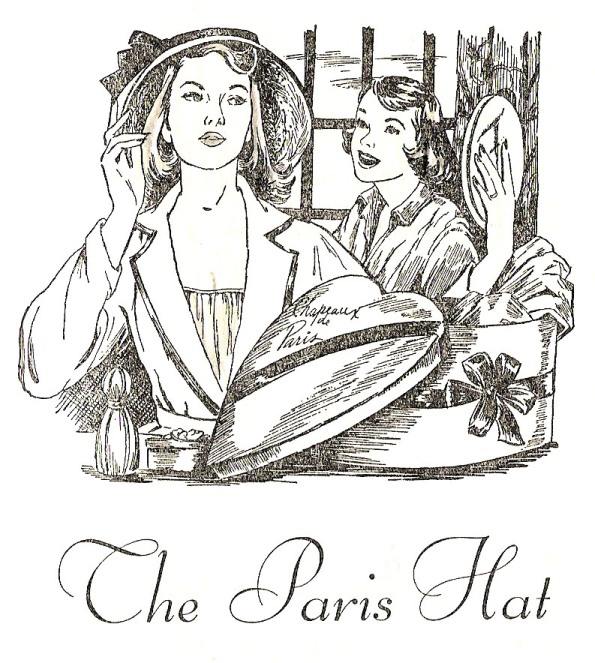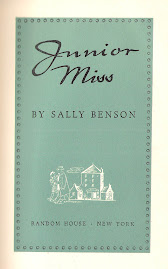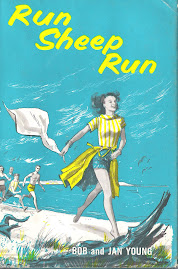 Title: Tomboy
Title: TomboyAuthor: Barbara Clayton
Jacket: Lucille Wallace
Publisher: Funk & Wagnalls, 1961
Setting: chilly New England
Provenance: "Ludwig, 1962" written inside front cover
Fun: beating up boys who call your brother a sissy; a school assembly about missiles; scaring old ladies on Halloween
Quote: It was getting dark and the game was about to break up when Percy Hill, carrying the ball, headed in Gabby's direction. Without a second's hesitation, she stuck out one foot and jabbed an elbow in his ribs at the same time. Percy hit the ground with a thud.
With a book called Tomboy, football is a given. So is the discovery, by the end of the story, that dresses, boys and dates are wonderful as well.
Gabby's problem is not so much era-appropriate gender identification as the existence of the rest of her family. Her twin brother plays the violin. (Thus she has to beat up the boys who tease him.) Her mother, who is French, buys the wrong kind of clothing for her -- frilly, frothy stuff. (Thus school dances are a misery.) When these problems are sorted out, Gabby begins a swift upward climb, eventually becoming a model of sports clothes in a local department store and winning the Women's Club essay contest.
There is an extra twist in this book, and it's caused me to create a new tag, called "I Want to Be A Writer." Like Judy, in I, Judy and Kathy in Stranger No More, Gabby, inspired by a neighbor who writes picture books, takes up the pen. She writes a picture book of her own, about a mythical Maine animal called a sidehill-gouger, and even sits in on what would today be called a critique group with her neighbor. Clayton is careful to show that writing is hard: Gabby doesn't like the criticism she gets there, and she abandons the story, only to take it out of the drawer again later.
As she did in Skates for Marty, Clayton tends to overload her characters with good things at the end of the book: Gabby is not only a model and essay winner but she is admitted to a prestigious summer writing class (the kind, I imagine, that Sylvia Plath tried to kill herself when she didn't get into.) Plus there's a boy or two. But Tomboy, in spite of it's ending, isn't a sellout. Gabby remains a character who knows she looks better in ski clothes than frilly dresses.











